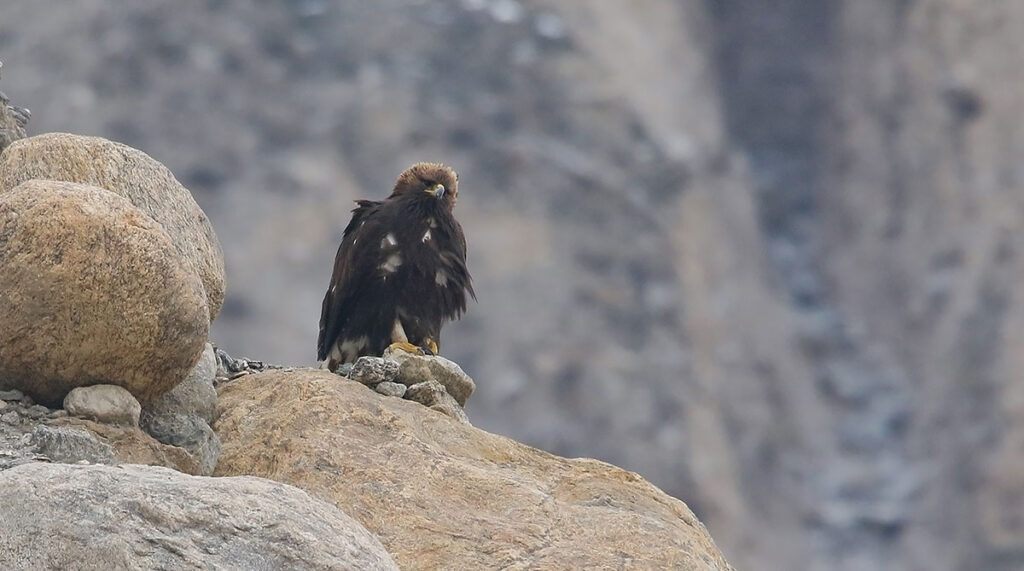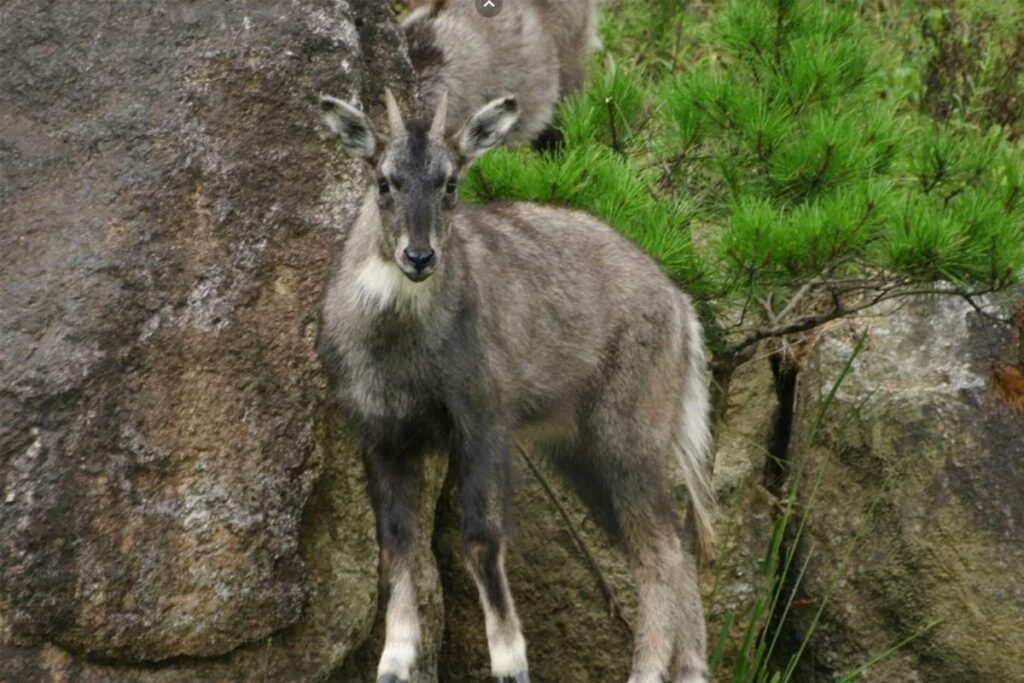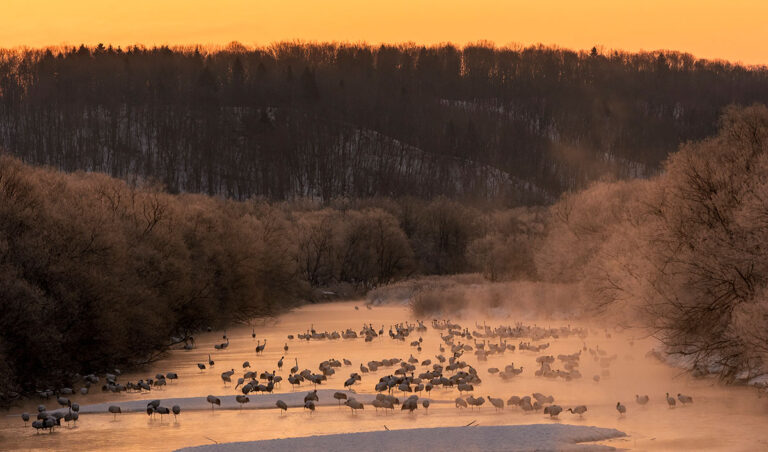In the midst of the heavily fortified demilitarized zone (DMZ) that separates North and South Korea, an unexpected story unfolds—a thriving haven for wildlife amidst the tense border.
Spanning 160 miles, the DMZ stands as one of the world’s most armed borders, adorned with fences and landmines, and notably lacking in human activity. This isolation, however, has unintentionally transformed the area into a sanctuary for diverse flora and fauna. Google recently unveiled street view images of the DMZ in collaboration with Korean institutions, providing a rare glimpse into the unique ecosystem that has developed in this no man’s land.
After the Korean War, the DMZ experienced minimal human interference for over 70 years, allowing nature to recover independently
Spanning 160 miles, the DMZ stands as one of the world’s most armed borders, adorned with fences and landmines, and notably lacking in human activity. This isolation, however, has unintentionally transformed the area into a sanctuary for diverse flora and fauna. Google recently unveiled street view images of the DMZ in collaboration with Korean institutions, providing a rare glimpse into the unique ecosystem that has developed in this no man’s land.
This initiative, marking the 70th anniversary of the Korean War armistice, allows viewers to embark on a virtual tour using Google’s street view function. The images showcase cultural relics and heritage sites surrounding the DMZ, including war-torn buildings that bear witness to the historical context of the region.
Surprisingly, over 6,100 species thrive within the DMZ, ranging from reptiles and birds to various plant species. Of particular note, 38% of Korea’s 267 endangered species find refuge in the DMZ, highlighting the significance of this unintentional wildlife haven.

“After the Korean War, the DMZ experienced minimal human interference for over 70 years, allowing nature to recover independently,” states Google on its site. “As a result, it built up a new ecosystem not seen around the cities and has become a sanctuary for wildlife.”
Among the DMZ’s inhabitants are endangered mountain goats inhabiting rocky terrains, musk deer with long fangs dwelling in old-growth forests, otters gracefully navigating the river that runs through both Koreas, and golden eagles, which often spend winters in civilian border areas where residents provide them sustenance.

The images, captured by unmanned cameras installed by South Korea’s National Institute of Ecology, have offered unprecedented glimpses into this thriving ecosystem. Notably, in 2019, these cameras recorded a young Asiatic black bear for the first time in two decades, delighting researchers concerned about the decline of this endangered population due to poaching and habitat destruction.
Seung-ho Lee, president of the DMZ Forum—an advocacy group dedicated to protecting the area’s ecological and cultural heritage—described the DMZ as an “accidental paradise” in 2019. The region has become a refuge for migratory birds due to worsening conditions on both sides of the border, with logging, flooding, urban development, and pollution affecting North and South Korean lands.

The Google images also showcase pristine, biodiverse landscapes, such as the Yongneup high moor with its wide grassy fields and the Hantan River Gorge, where turquoise water winds between high granite walls.
Efforts for the conservation of the DMZ have echoed through the voices of citizens in both Koreas and international environmental organizations for decades. However, achieving this goal requires cooperation from Seoul and Pyongyang.

In recent years, there has been some progress, with former South Korean President Moon Jae-in and North Korean leader Kim Jong Un expressing a commitment in 2018 to transform the DMZ into a “peace zone.” Subsequently, South Korea opened the first of three “peace trails” in 2019, offering a limited number of visitors the opportunity to explore the DMZ, passing observatories and barbed-wire fences.
Despite these positive steps, tensions in the region have escalated in 2022, with North Korea firing a record number of missiles and a new South Korean president taking office. The delicate balance between conservation and geopolitical challenges continues to be a complex journey for the DMZ.


